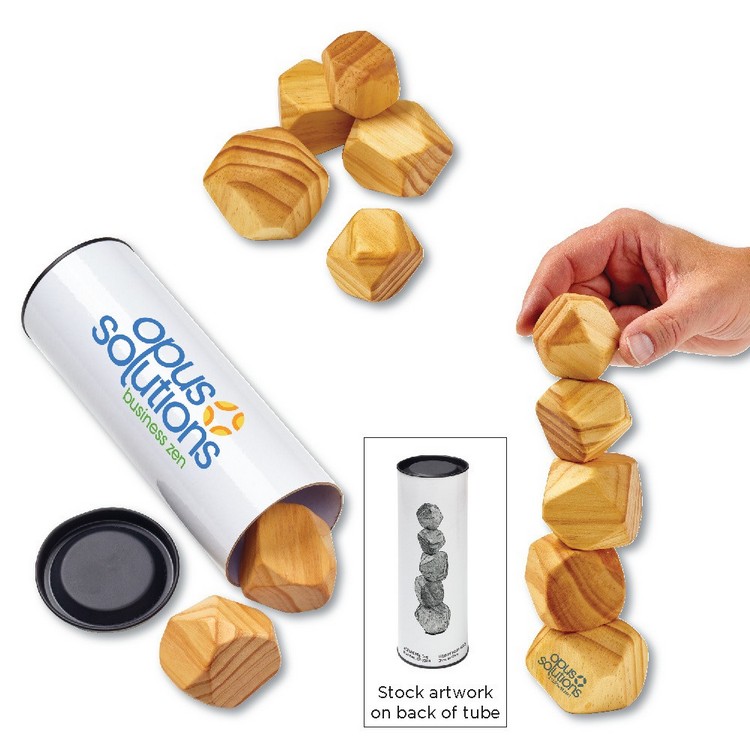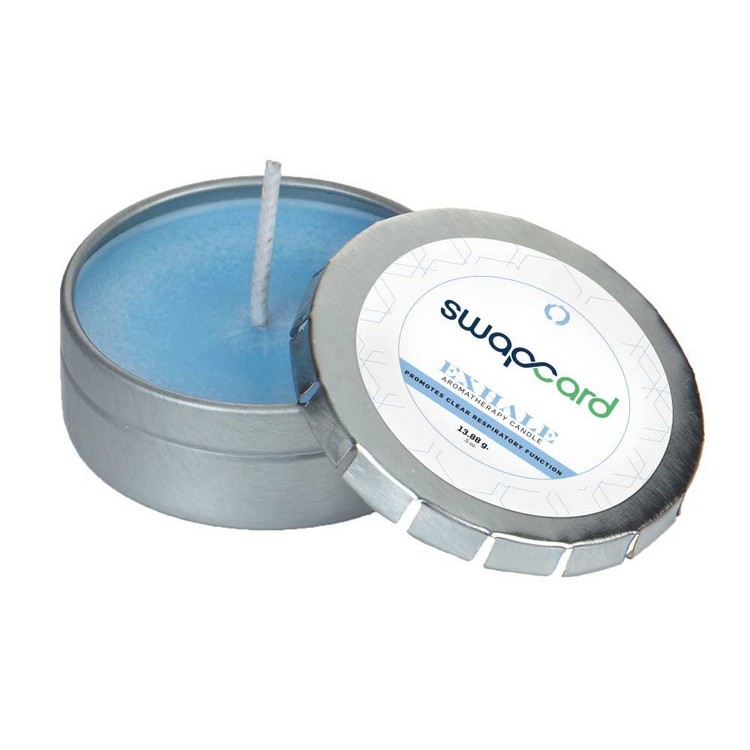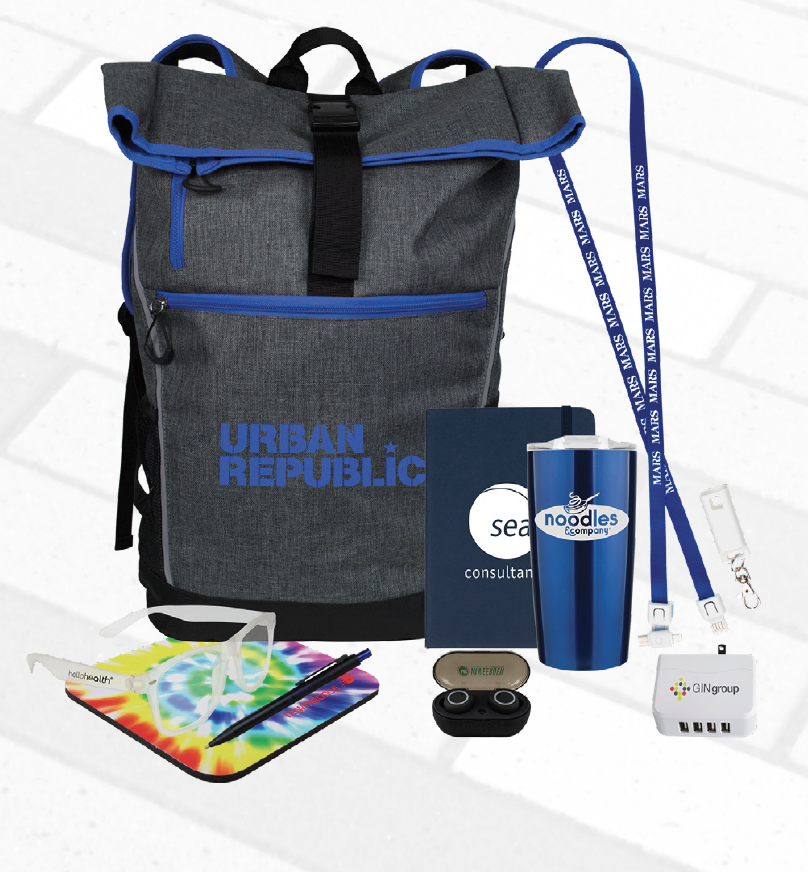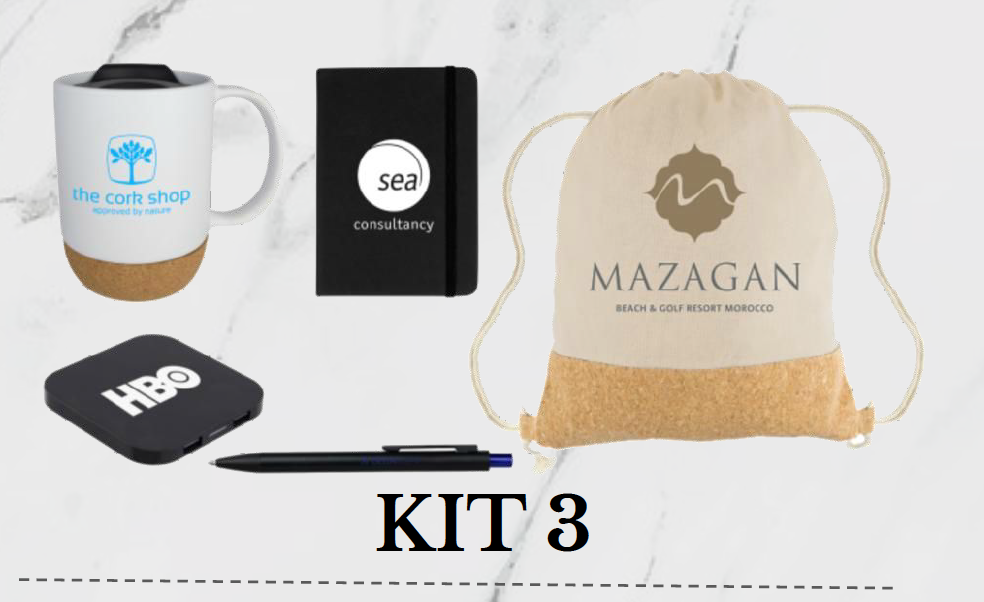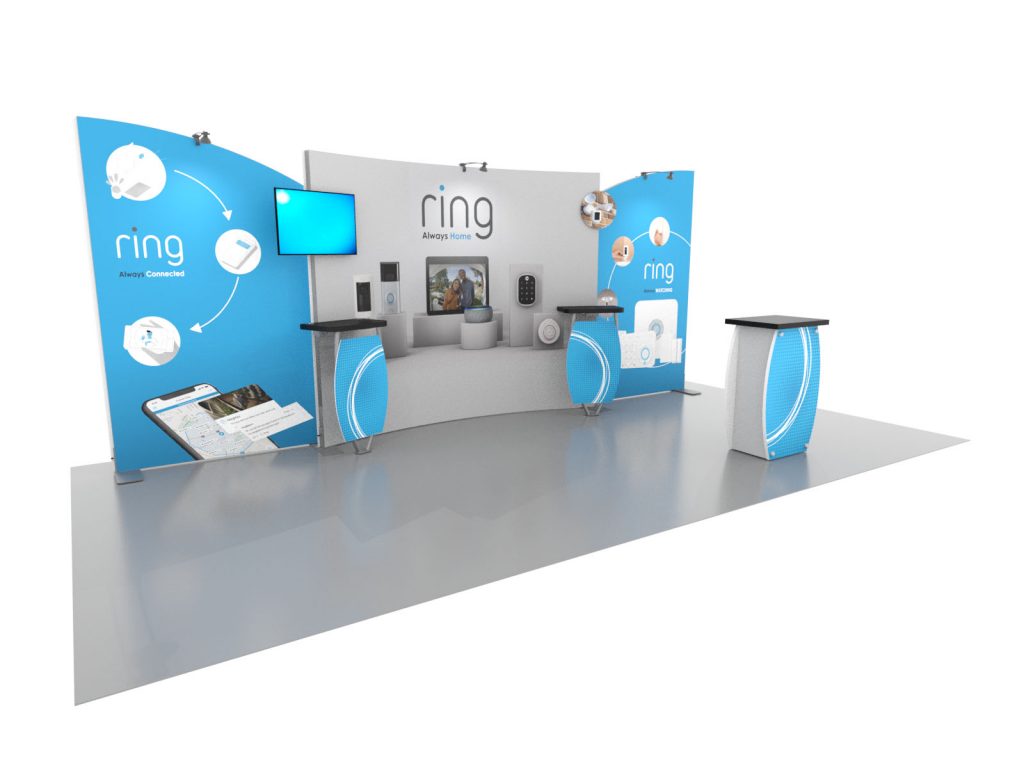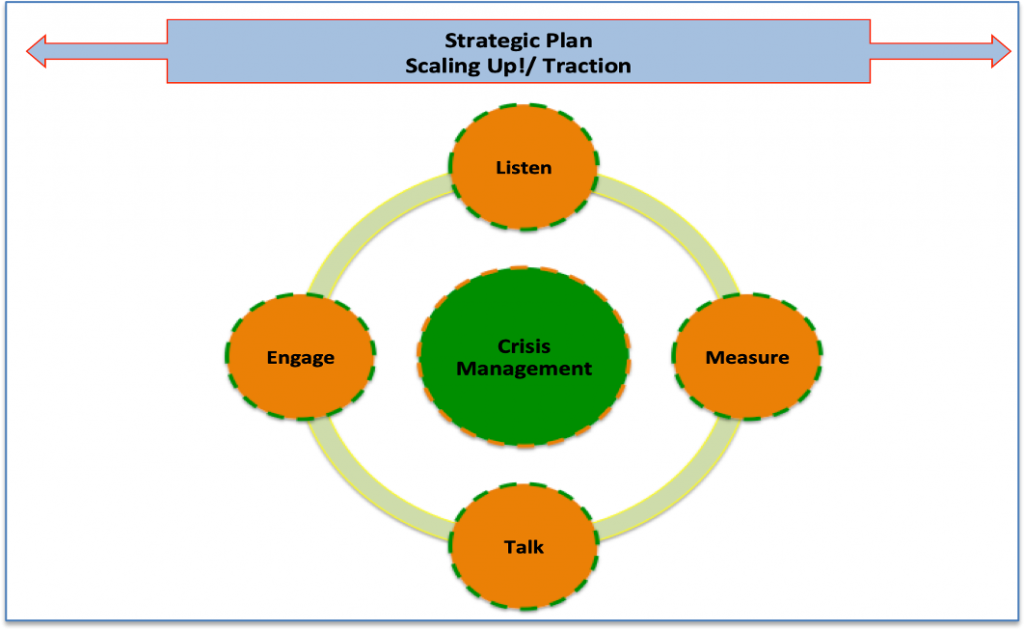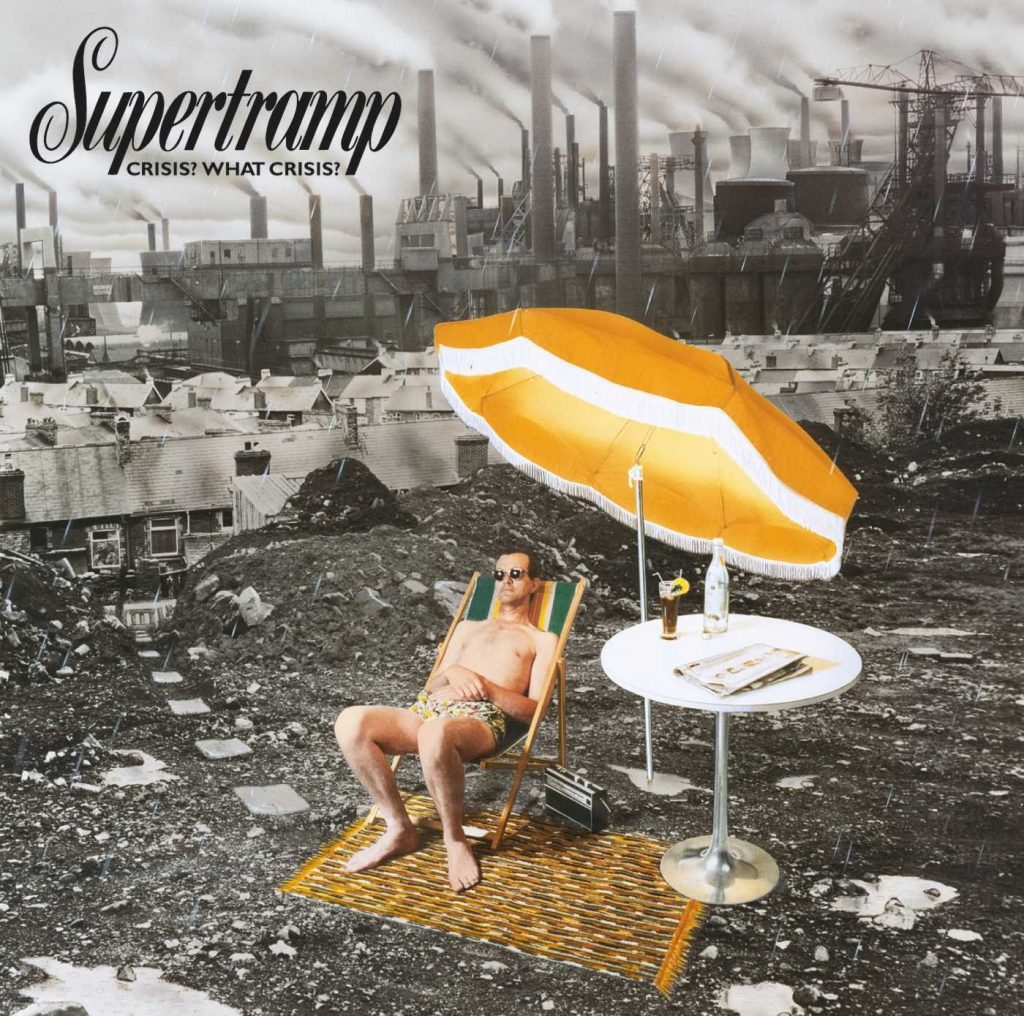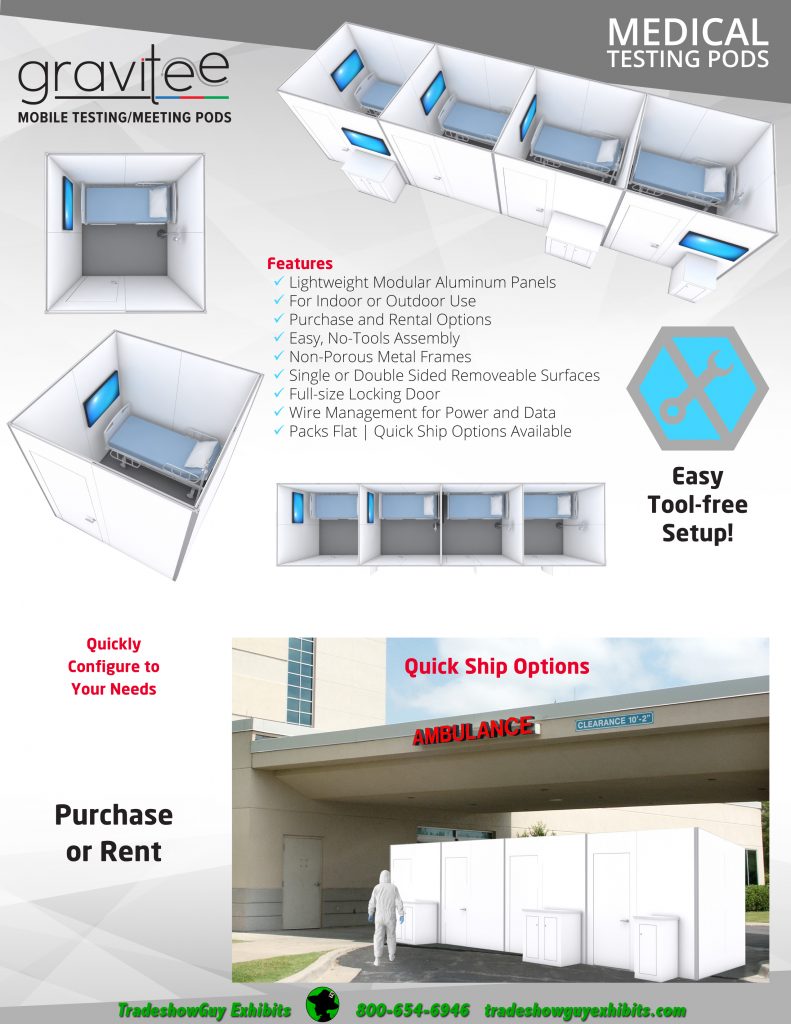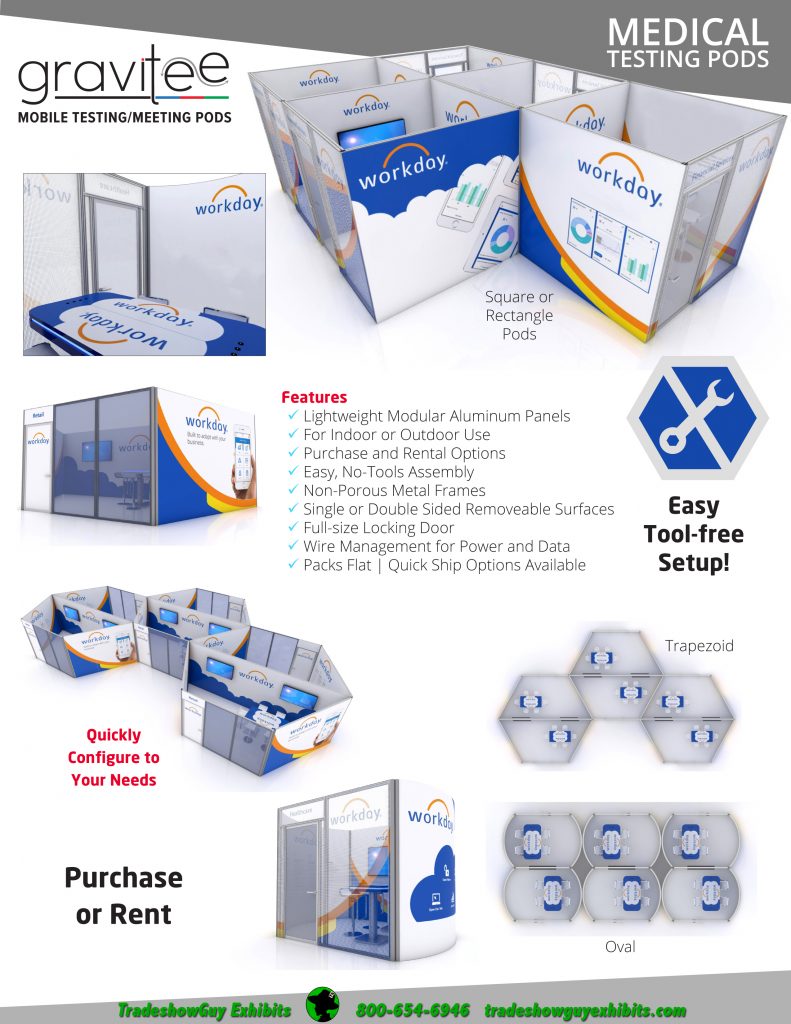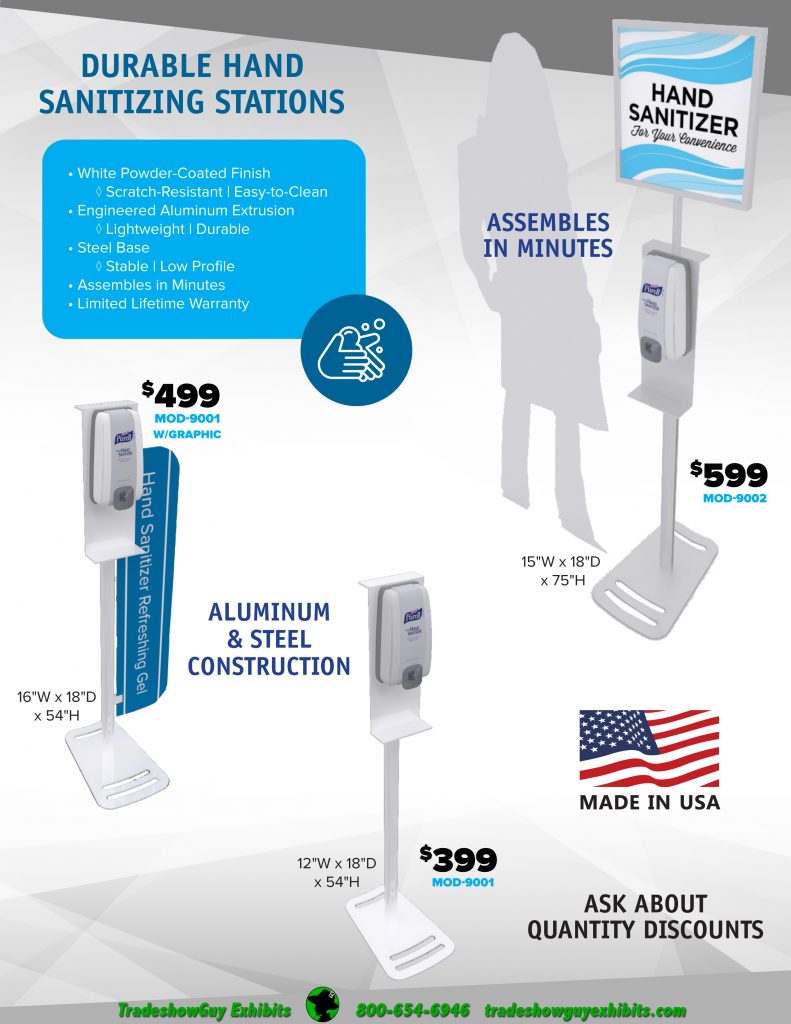How to Let People Know You’re Thinking of Them
WFH. Stay at home. Shelter at home. Essential businesses only. Restaurants closed. Event industry shuttered.
Are you staying in touch with your clients? Are you doing any outreach to prospects or have you just put it all on hold?
No one answer fits everyone as we are all dealing with the Coronavirus COVID-19 Pandemic in different ways. We’re all in a different situation: some of us have worked at home for years but find that their clients are no longer as easy to connect with. Some of us have been furloughed indefinitely. Some of us have been able to collect unemployment, others are catching up with projects at home.
But the question arises: how do you let your clients and prospects know that you’re thinking of them? Sure, you can schedule a Zoom call, and maybe you should. You can send an email. You can pick up the phone.
But what if you took it one step further? I thought about the question and reached out to two promotional products professionals for ideas on what kinds of branded items might be appropriate to send to contacts to let them really know that you haven’t forgotten them.
Let’s start with Rama Beerfas of Lev Promotions in Southern California, who was a podcast guest in the past month or so. She offered several items that she felt would be worth considering:
- Mini gourmet cookies
- LED reading light with wireless charging
- Aromatherapy candle in push tin
- Wooden Stacking Zen Stones
- Wooden Massager with Textured Wheels
- Soft Touch Velura Throw
- Earbuds
- Ceramic Mug
- Custom trail mix
- Gummy bears
- Smoked Almonds in Gift Box
- Bubbles
- Shake-a-Word game
- Pick-up Sticks in Wooden Box
- Oval Deck of Cards in Plastic holder
In other words, lots of good ideas for the WFM colleague. Check out the whole list with images and pricing breakdowns here.
Nicole Titus of Ipsenault Company based in Salem, Oregon came up with several ideas:
- A box filled with movie night treats
- Stainless wine tumblers with a message to take part in an on-line happy hour sometime in the future
- A bag of coffee/mug set with a message to schedule a phone meeting
- Adult coloring books and kid coloring books (as well as sidewalk chalk) to give families something to do while stuck at home (these are not very expensive so it’s a little trickier getting them to individual recipients).
- Seed packets or other gardening-themed items (especially as we’re entering Spring)
- Fitness products (for stay-at-home workouts)
- Imprinted face masks (there are a few companies doing imprinted ones now)
She also referenced a number of stay-at-home kits that some of the production companies she works with have put together, including:
- Business Travel kit: shampoo bottle, soap, toothbrush, toothpaste, tissue pack, comb and ear plugs.
- Chill-at-Home Work Kit: Eco Carrying Bag, ceramic mug, silver stylus pen, USB fan, rubber coaster
- Office Essentials Kit: drawstring backpack, cork bottom mug, journal, wireless charger, super-glide pen
- Home Office Kit: Eco-Carry shopping bag, spiral paper notebook, wireless earbuds, blue light blocking glasses, mouse pad, microfiber cleaning cloth, vacuum insulated tumbler, metallic gripper pen.
All of these items can be imprinted with your logo, and of course pricing can range from low and modest to high. It all depends on your budget and what kind of impression you’d like to make.
Want more information?
Click to link directly to Rama’s online presentation.
Download PDFs here and here to take a closer look at Nicole’s ideas.
Contact info:
- Rama Beerfas at Lev Promotions
- Nicole Titus at Ipsenault Company


